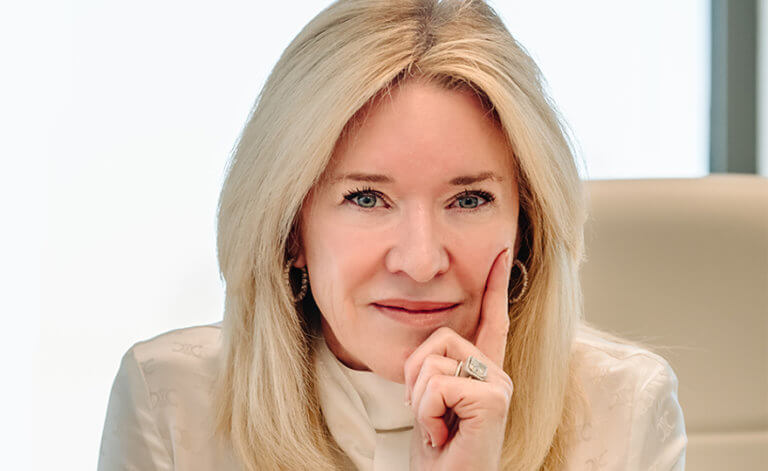AM RE’s Barder sees ‘significant tailwinds’ for 2022 pricing
November 17 2021 by InsuranceAsia News
InsuranceAsia News (IAN) recently caught up with Shevawn Barder, chief executive of AM RE Syndicate, to discuss how the US reinsurance intermediary has reacted to the pandemic and to identify some notable trends that have affected the market over the past year.
AM RE is a boutique specialist reinsurer provider that works with fronting companies and cedants that writes US domestic risk on behalf of foreign reinsurers.
IAN: What practices have AM RE developed during the pandemic that you plan to continue with in the years ahead?
Barder: Our biggest challenge was striking a balance between listening to and taking care of our employees and maintaining accessibility and strong lines of communication with our partners. With this challenge came opportunity, as we were able to achieve stronger unity. Our leadership team and wider staff were all singing from the same hymn sheet in that we understood that safety was the number one priority.
Once we had that foundation for our decision making in place, we could turn our focus to meeting the needs of our clients, partners, and other stakeholders. Looking back, it was this one-team approach and sense of a common purpose that allowed us to grow and develop during what was a challenging period for the industry. Aligning interests and striving toward common goals will always be part of the culture at AM RE.
IAN: What have been some highlights for AM RE during 2021 in terms of partnerships, underwriting opportunities and growth?
Barder: At AM RE, we pride ourselves on being nimble. We have the ability to make important decisions faster than our competition. Throughout the pandemic, we have earned the trust of our partners with quick response time. This advantage has been proven out by the marketplace as our premium volumes grew over 30% in 2021.
IAN: Looking to the future, what trends do you see for the year ahead?
Barder: We believe the hard market will continue for 2022. Given the uncertainties around claims reserving and a general lack of capacity (both reinsurance and primary insurance) exacerbated by global cat losses, we believe there will continue to be significant tailwinds for pricing in 2022. Assuming our expectations bear out, 2022 should be very profitable for insurers in most markets.
IAN: How has the market for commercial auto evolved over the last 12 months?
Barder: From our point of view, we have seen the frequency of claims drop off over the last year. Additionally, advancements in technologies, such as telematics and forward-facing windshield cameras, should have a positive long-term effect on claims predictability.
We are pleased to say that we anticipated this outcome in early 2020 as the Covid crisis began. Therefore, we were well-positioned to take advantage of the trends and move additional capacity in our portfolio to the commercial auto sector.
Further, we have been implementing several initiatives within our own business to improve the profitability of our programs. We have significantly built out our claims management support for clients, enhanced the granularity of our portfolio monitoring processes, and brought more advanced data analytics to support our underwriting decisions.
-
QBE | Elevating customer experience, humanising claims: QBE Asia’s ‘Solutions in a Box’
Vastly improving turnaround times and personalising service delivery, QBE Asia’s award-winning, end-to-end bundled claims solutions is a game-changer for the insurance industry.
-
Beazley | What does cyber protection look like from day 1 to day 600 and beyond?
Cybersecurity is no longer just an IT concern, but a governance issue that belongs on the boardroom agenda.
-
Sedgwick | Preparing for the next storm
Insurance industry needs to recalibrate, invest in innovation and strengthen systems, talent and data practices.
-
Peak Re | From climate modelling to market opportunity: Forging a new clarity on Southeast Asia’s climate risk
Southeast Asia's protection gap: a crisis of clarity, not just capital

